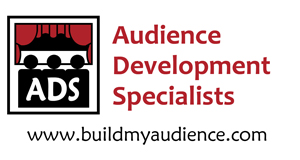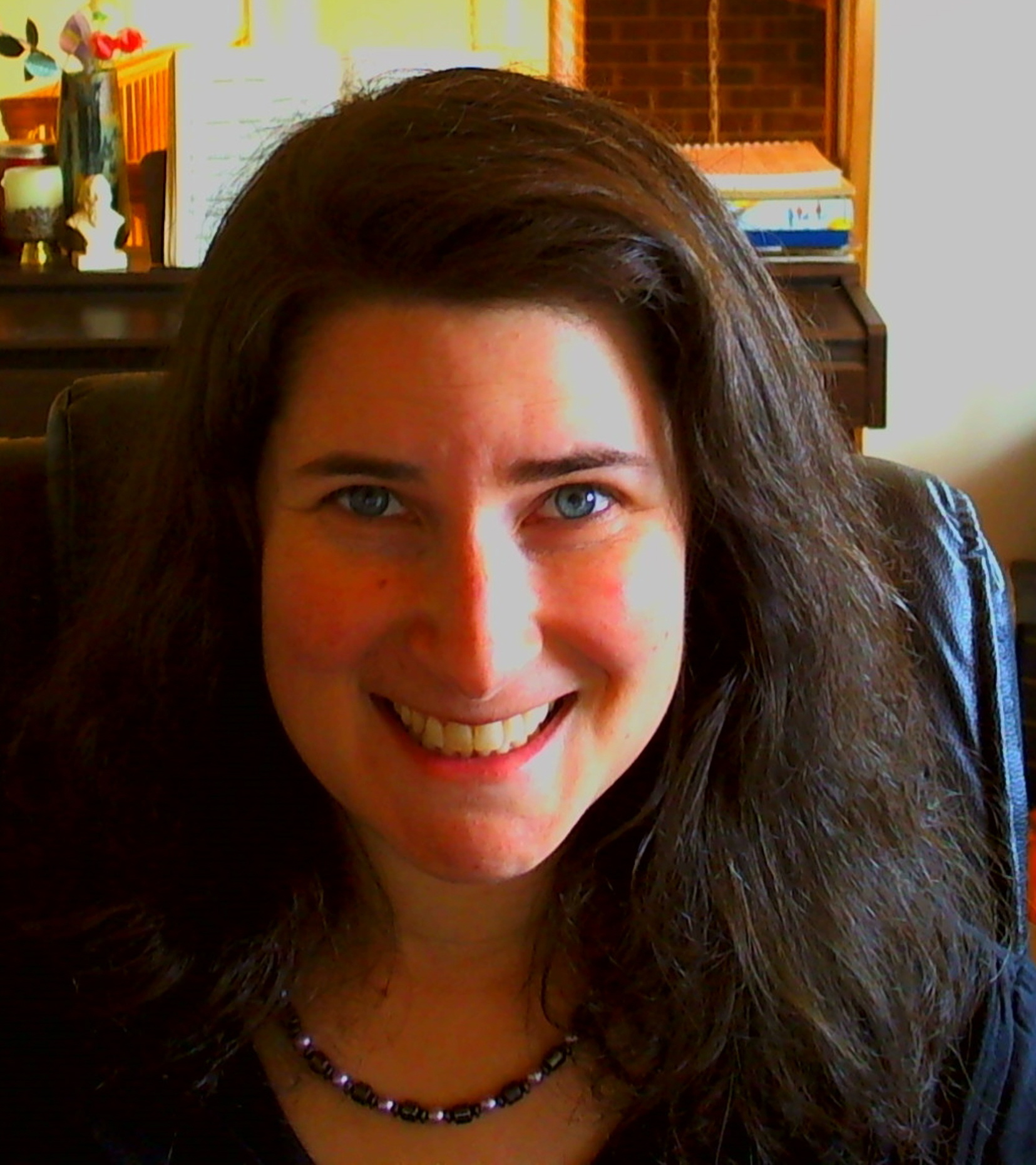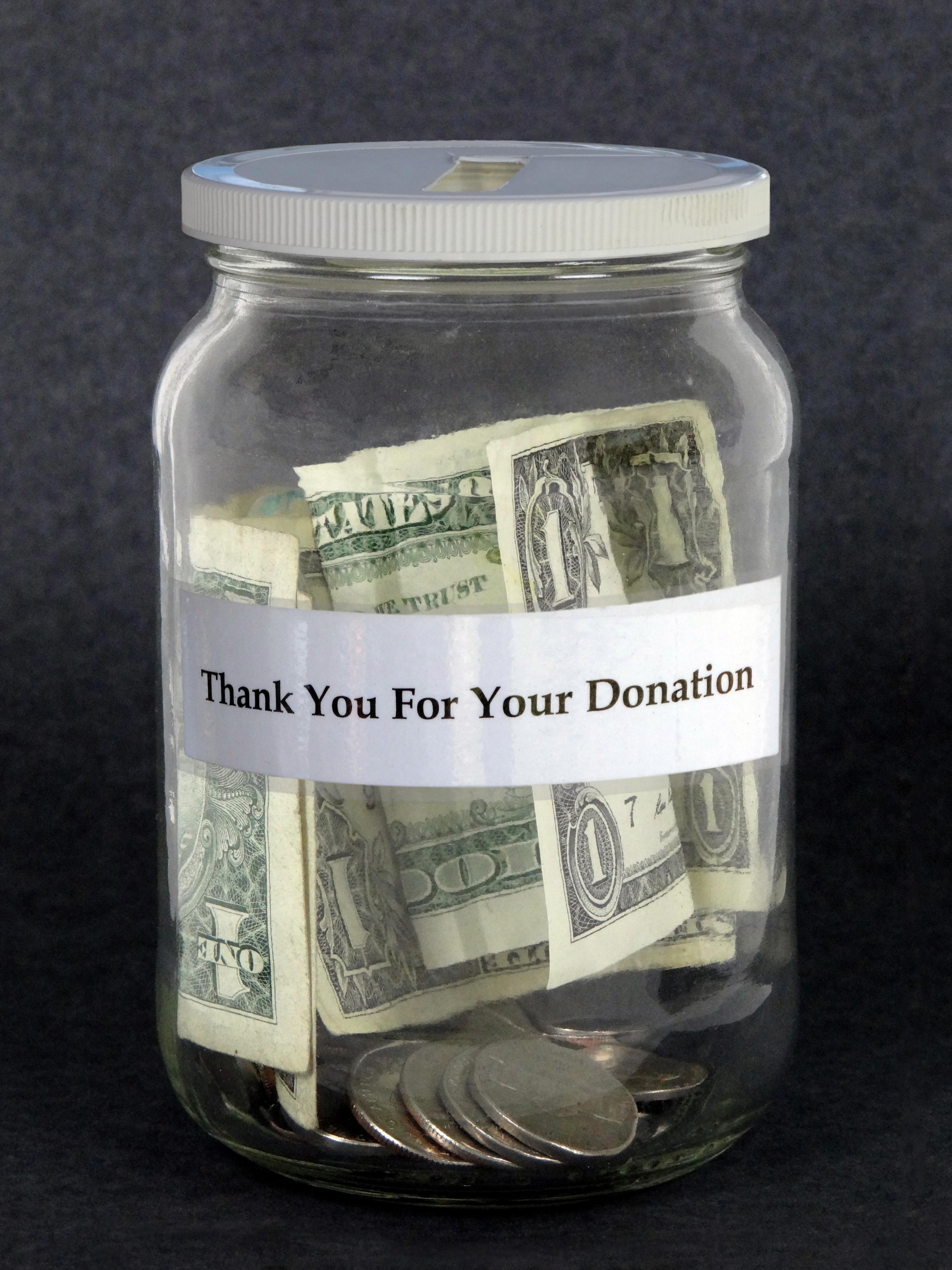Happy Halloween! I usually post Halloween YouTubes, but this day, I wanted to haunt you with a thought.
As you may know, now is an excellent time of the year for planning for the future. It is a great time to evaluate and make changes for 2017. It is a good time to discover new ideas and possibilities for you and your audiences.
Lately I have been thinking about reality. I posted recently about authentic reality (and augmented reality). I also recently re-watched The Next Generation: Parallels (Season 7, episode 11) in which Worf experiences shifts in reality due to a breach in the quantum structure of the Universe (apparently shifting from one quantum reality to another).
Lastly, I came across an article this morning: In concert with community: West Michigan orchestras explore new ways to make music a part of everyday life – Written by Samara Napolitan for MiBiz. Below are the top quotes from the article, but I hope you read it in full.
“Orchestral music is so embedded in their culture [Germany] that nobody could imagine a society without it,” Speck says.
Outside of Germany’s borders, many orchestras are struggling to create that same spark and loyalty within their own communities.
As audiences age and dwindle and as cities wrestle with ongoing social issues — all while funding grows more scarce, the industry strives to define what an orchestra can (and should) be. In West Michigan, symphony orchestras are recognizing and responding to this challenge by connecting with surrounding communities in new and innovative ways.
“Being relevant is the bare minimum of what we can do,” Speck says. “It’s incumbent on us to be vital and essential to our communities.”
Encouraging audiences to take the first step into the concert hall is key, according to Speck.
“It’s amazing that there were music lovers within the surrounding towns who didn’t yet know the quality of the orchestra in their backyard, or even that it existed,” he says of newcomers to the West Michigan Symphony (WMS). “Once they pick up their jaws from the floor, they tend to stick with us.”
Arts administrators are beginning to use data to hone in on what motivates — and discourages — participation in arts activities. A 2015 NEA report found that a third of interested adults did not attend arts performances because of a lack of time. Other significant barriers identified include cost, difficulty in getting to and from events, and not having someone to go with to events.
The Kalamazoo Symphony Orchestra (KSO) worked with Arts Consulting Group during its 2014-15 season to interview key internal and external stakeholders. They also distributed a detailed survey to more than 10,000 community members and received 647 responses. The KSO learned that although respondents think highly of the organization, they are seeking more affordable tickets and programming that fits their musical tastes.
“Our community really likes what we stand for, but they don’t really always appreciate what we perform,” says Peter Gistelinck, president and CEO of the KSO. “Our takeaway is that programming needs to be very broad to ensure you reach out to all the layers of the community.”
The Grand Rapids Symphony (GRS) cites a lack of awareness and familiarity as obstacles to attracting audiences to classical concerts, in addition to cost and inaccessibility. The organization has seen large audiences turn out for concerts featuring video game music and movie soundtracks, but people with the same demographics largely are not returning for classical performances.
“We’re thinking about how we take that success and build a bridge between the Pokemon and the Mahler,” says Claire VanBrandeghen, director of education at the GRS. “A positive experience is hugely important. We’re looking at community engagement as a way to remove those barriers to participation and enjoyment.”
“It all starts with the orchestra itself,” Gistelinck says. “So many orchestras do what they think is good for the community, but they decide what is important for themselves without any data or feedback from the audience. That’s the wrong way to go. It creates a huge disconnect between the orchestra and their community.”
“We’re always asking our audiences to come to us,” adds Elizabeth Youker, vice president of education and community partnerships at the KSO. “If we find ways to bring music to people, we can reach new audiences in a way that’s very positive.”
The GRS also is connecting to non-traditional audiences through its Symphony Scorecard program. Launched in 2015, Symphony Scorecard provides those who receive financial assistance from the state of Michigan as well as Active, Guard and Reserve duty military families with up to four free tickets to most GRS performances. The GRS regularly staffs an information table at the Department of Health and Human Services as a way of communicating the benefits of the program and building relationships with new segments of the local population.
In its first season, Symphony Scorecard distributed 2,100 free tickets to the community, along with 200 bus passes to assist people in traveling downtown.
“We’ve seen a huge impact on audience diversity as a result of this program,” says VanBrandeghen. “The people using Scorecard are always so grateful to experience something that they thought they would never have the opportunity to experience.”
“Once we choose music that we love, we really need to be unapologetic about it,” Speck says. “By imparting our passion, we can start a spark that causes more people of all different backgrounds to be swept up in it.”
Putting this all together, in another reality, the arts are appreciated, well funded, and well attended. The choices of that reality overcame the apathy that we see in our current reality.
We have a choice to make in order to build audiences for the future. It will take a concentrated team effort from everyone involved in the arts. If we do not make this effort, we will continue to see diminishing audiences, death of the arts/save the arts articles, and pleas for change that continue to fall on deaf ears.
Our choices create our realities. It is the choices we make that shift us into a different reality. Let us choose a future where we all pitch in for arts advocacy and for audience development.
I would be the first to admit when my audience development plans fail and when they succeed. The factor that most ensures success is when there is a team involved to execute the plan. When it falls on me and me alone, it often does not work out as well as hoped.
This means that the artists themselves (actors, musicians, art makers), everyone on the staff, and the people on our boards all need to get involved. The days of relying on one person, one department alone, do not work. The segregation of departments within arts organizations/businesses, and their working too separately from one another, needs to be a philosophy or a business structure of the past.
There is talk about “Fueling Change” in the approaching National Arts Marketing Project Conference. I am adding my voice for this particular fuel for change which is the belief that we can be the change we seek.
We must first make the changes for ourselves before we can expect other people to care about us. We must boldly go where our arts industry has not gone before.
In order for the world to care about the arts, we need to care about the arts and make this shift to a team mentality in all that we do. When we make this shift (hopefully not “if”), we will see a new future for audience development – a new reality for the support of the arts. The arts can then become an everyday, valued reality, embedded into our collective civilization (not just for certain countries) for all to be able to experience, learn from and to enjoy.
Cheers to happy and loyal audiences,
Shoshana
Shoshana Fanizza
Chief Audience Builder, Audience Development Specialists




